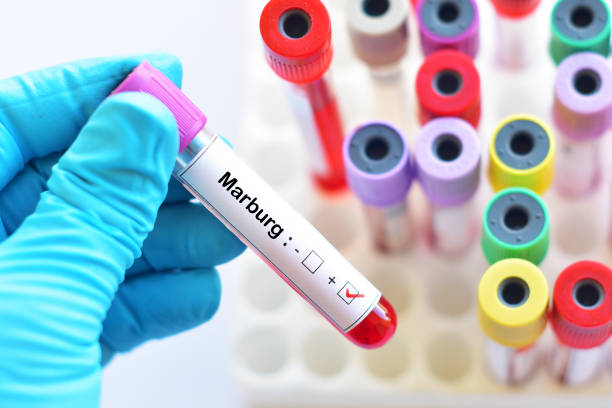The World Health Organization (WHO) issued an alert on January 13, informing its member states of a suspected outbreak of Marburg Virus Disease (MVD) in Tanzania’s Kagera region. The notification, posted on the WHO’s Event Information Site, comes just weeks after Rwanda declared its Marburg outbreak over.
According to the WHO, six people have been affected, with five fatalities. The cases, which were first reported on January 10, exhibit typical Marburg symptoms, including headache, high fever, body aches, vomiting blood, and, later in the disease, external bleeding. As of January 11, nine suspected cases were reported, including eight deaths, which results in a high case fatality rate of 89%. The two affected districts, Biharamulo and Muleba, are under active surveillance.
Initial samples from two patients have been sent to the National Public Health Laboratory for testing, though official confirmation is still pending. Contact tracing is underway, with both healthcare workers and their contacts being closely monitored.
Kagera region had previously experienced a Marburg outbreak in March 2023, with nine cases and six deaths reported. Fruit bats, known to be carriers of the virus, remain endemic in the area, raising concerns of possible zoonotic transmission. The WHO has expressed that the risk at the national level is high, particularly because healthcare workers are among those affected, indicating potential nosocomial transmission.
While the exact source of the outbreak is still unknown, the geographical spread of cases across districts and the delayed detection and isolation of cases highlight the ongoing challenges in fully understanding the scope of the outbreak. As the investigation continues, more cases are expected to be identified.
WHO also noted that Kagera’s strategic location as a cross-border transit hub increases the potential for the virus to spread to neighboring countries, including Rwanda, Uganda, Burundi, and the Democratic Republic of the Congo. Although MVD is not easily transmissible, requiring direct contact with the body fluids of an infected person or contaminated surfaces, the risk of travel-related spread cannot be ruled out.
Despite these concerns, WHO has assessed the global risk of the outbreak as low, noting that there has been no confirmed international spread. However, the situation calls for enhanced surveillance at points of entry and border areas, along with improved case management capabilities to prevent further spread. The WHO is coordinating with neighboring countries to strengthen readiness measures in the region.

